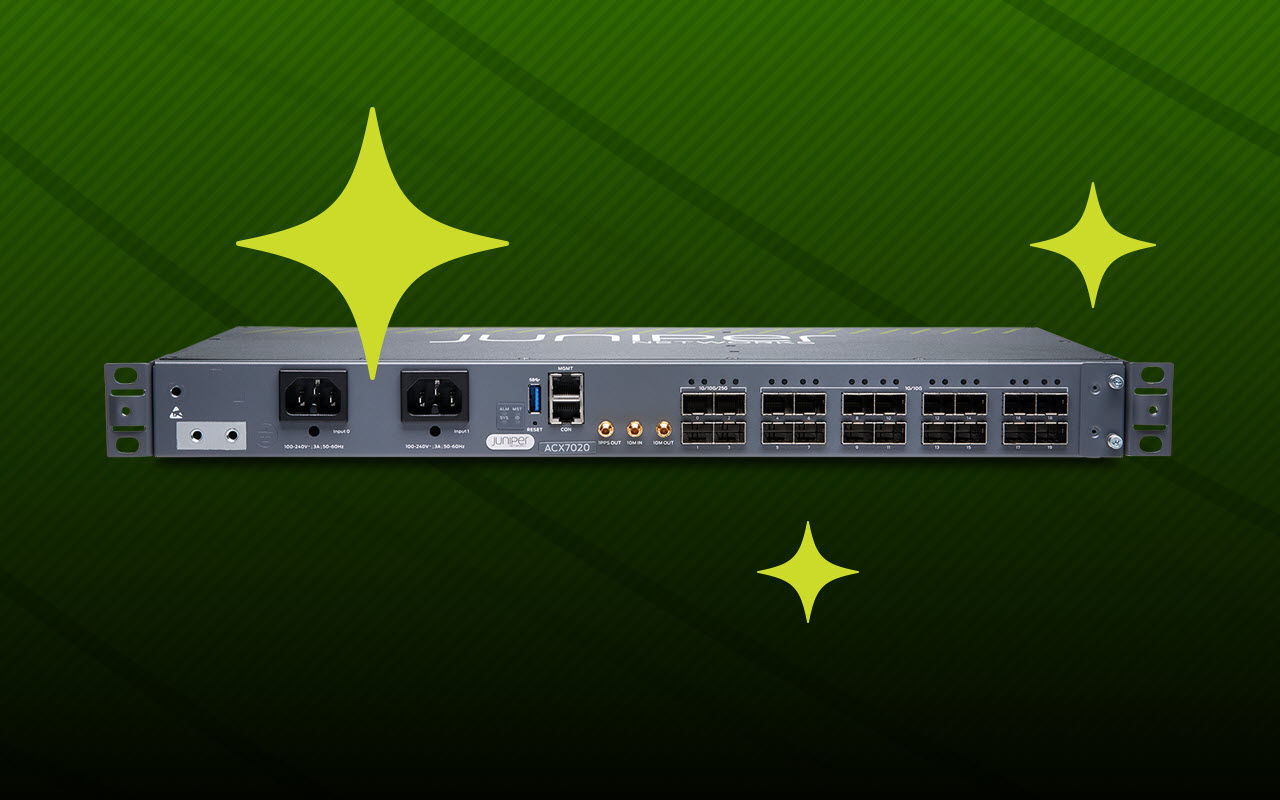As the world advances from the grip of the pandemic and governments around the world announce the reopening of public buildings, services and facilities, higher education institutions must be prepared to provide a safe and secure environment for on-campus student communities to come back to and thrive in.
The world has witnessed hundreds of universities succumbing to COVID-19 outbreaks over the past year or so, resulting in huge volumes of students being quarantined in their halls. The global impact on education and research has been catastrophic. Billions have been lost in revenues and the impact on student communities has been colossal. According to a recent large-scale UK study, one in five of all students were already struggling with their mental health pre-pandemic and it’s likely that this situation has worsened considerably since.
As society adapts to address the potential ongoing risk of virus transmission, universities and colleges must digitalize operations to survive and be ready to accommodate further change in the future. The network must be embraced not only as a critical business asset for education and research, but also as a critical asset and business enabler. When equipped to harvest relevant data, the network will inform and drive outcomes across every aspect of a higher education institution. Campus safety and security is a great example of an area where the right network can deliver highly positive outcomes.
Contact Tracing and Journey Mapping
To successfully provide safety and security support for students, staff and visitors, a network needs to be powered by AI and be location-aware. Location analytics enables contact tracing and journey mapping, which allow a university to replay the steps of an individual who has tested positive for COVID-19 (or any other communicable disease) and pinpoint those at risk instead of placing large numbers of students into quarantine. This data-driven approach dramatically reduces the impact a virus can have on the higher education community.
Create and Maintain Safer Spaces Using Location-Based Services
Congestion alerting is another benefit of having an AI-driven location-aware campus. Space and occupancy awareness allows universities to redefine and control the use of buildings, facilities, rooms and defined areas using real-time management and alerts. By setting virtual borders in place on imported floor plans, the Juniper Mist Platform™ can be used to create zones within the campus, indoors and outside. These virtual demarcations enable the location-aware network system and its users to identify and contact people within a certain area, whether that’s a classroom, a lecture theatre, a café or an outside seating area.
Managing Incidents and Reducing Security Risks
Every institution must operate and invoke incident management when appropriate and a modern location-aware network provides the perfect platform for digitalizing incident management. If an incident poses a potential or real threat to those on campus, the network can accurately identify where the incident is, who is at risk and proactively engage with those in the vicinity, guiding them to safety or providing instruction on the correct procedure to follow. Whether the incident is reported via the app, an emergency button or a phone call, location analytics can be used to isolate it and mitigate risk. For example, if there is a fire or a disturbance in a building that prevents exit via the usual route, the network can show users how to leave the building safely and avoid danger. It can also create safe zones (similar to fire assembly points) and check who’s there and who’s missing – all by analyzing the location data in real time.
Zones can also be used to help secure hazardous, valuable or confidential resources. For example, if a research team is using dangerous chemicals or biohazardous materials, a secure zone can be created on the system, restricting access to those with authorization only. If the system identifies someone without authorization within the zone, an alert can be sent to staff in that area, and if necessary, a lockdown can be implemented.
As an industry innovator and validated leader in networking technologies, Juniper Networks uniquely removes the need for a BLE overlay to gain location accuracy. Virtualized BLE (vBLE) is the technology innovation that finally opens the door to practical campus-wide location adoption. For those ready to embrace a platform that will enable them to develop and deliver new and engaging services, provide enhanced experiences and leverage a wealth of data to inform and drive strategies, Juniper offers solutions that truly align investment with benefit realization.
‘Digital transformation’ is a widely-used term, but in the case of Juniper’s location-based services, it’s not an overstatement – this technology is transformational, and can be used to help protect lives, assets and institutional reputations.

























